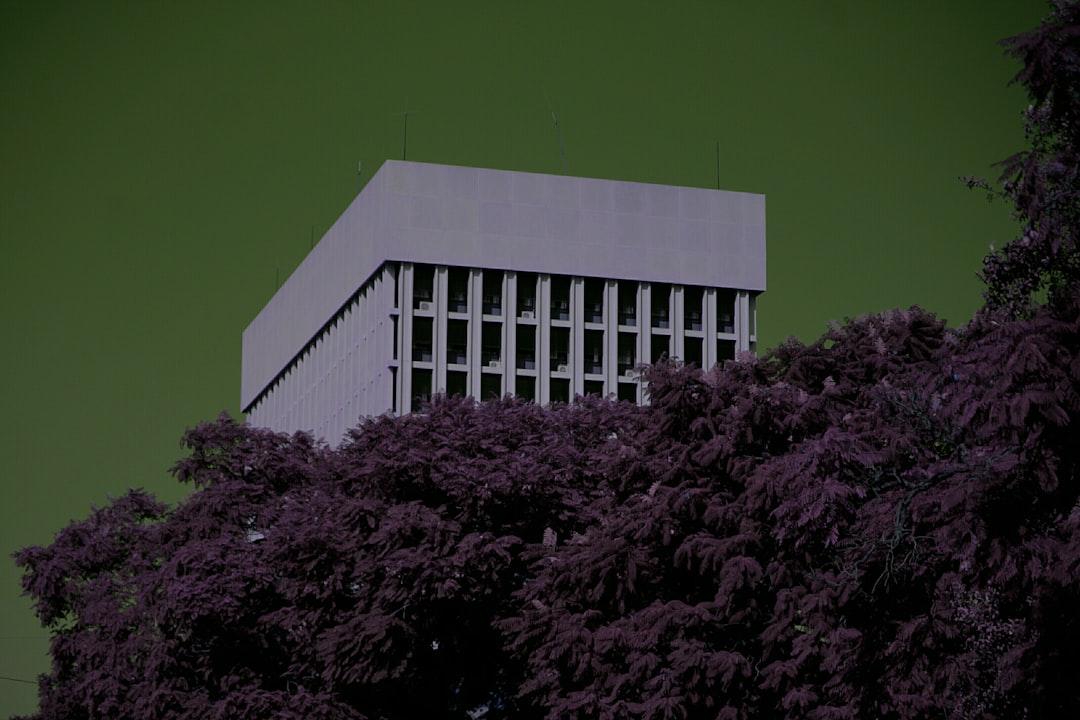
Activities in Bulawayo, Zimbabwe
Why People Love Bulawayo, Zimbabwe
See what people have to say about activities and accommodations in Bulawayo, Zimbabwe
Frequently Asked Questions about Bulawayo
What are the top tourist attractions in Bulawayo?
Bulawayo is home to a number of fascinating tourist attractions. One of the most popular is the Matobo National Park, which boasts stunning landscapes and a diverse range of wildlife. Another must-see attraction is the Khami Ruins, a UNESCO World Heritage Site that offers a fascinating glimpse into the area's rich cultural history. Other popular attractions in Bulawayo include the Natural History Museum, the Railway Museum, and the National Art Gallery.
What are some fun activities to do in Bulawayo?
There are plenty of exciting activities to enjoy in Bulawayo. One popular option is taking a guided walking tour of the city, where you can learn about its rich history and culture. Visitors can also enjoy a range of outdoor activities, such as hiking, camping, and wildlife safaris. For those interested in art and culture, the city has a thriving arts scene, with many galleries and museums to explore.
What are the best places to stay in Bulawayo?
Bulawayo offers a range of accommodation options to suit all tastes and budgets. For those looking for luxury, some of the most popular options include the Matobo Hills Lodge, the Bulawayo Club, and the Nesbitt Castle. Mid-range options include Cresta Churchill Hotel, Bulawayo Rainbow Hotel, and Holiday Inn Bulawayo. Budget options include the N1 Hotel Bulawayo and the Bulawayo Backpackers Lodge.
When is the best time to visit Bulawayo?
The best time to visit Bulawayo is during the dry season, which runs from May to October. During this time, the weather is generally warm and sunny, with little rain. This makes it the perfect time for outdoor activities such as hiking and wildlife safaris. However, it is important to note that this is also the peak tourist season, so it's best to book your accommodation and activities in advance.
What is the local cuisine like in Bulawayo?
The local cuisine in Bulawayo is a delicious blend of African and European influences. Some of the most popular dishes include sadza (a type of maize porridge), matumbu (tripe), and mazondo (beef hooves). Visitors can also enjoy a range of international cuisine, including Italian, Indian, and Chinese. For those who love to try new things, there are also plenty of street food vendors selling tasty snacks and treats.
What should I pack for a trip to Bulawayo?
When packing for a trip to Bulawayo, it's important to consider the climate. The weather is generally warm and sunny, so light, breathable clothing is recommended. However, it can get chilly in the evenings, so it's a good idea to bring a light jacket or sweater. Visitors should also pack comfortable walking shoes, sunscreen, insect repellent, and a hat to protect against the sun.
What is the nightlife like in Bulawayo?
Bulawayo has a vibrant nightlife scene, with plenty of bars, clubs, and restaurants to choose from. Some of the most popular options include the Vista Night Club, the Smokehouse Grill, and the Lounge at the Nesbitt Castle. Visitors can enjoy a range of music, from traditional African beats to modern pop and rock. However, it's important to note that some venues may have dress codes, so it's best to check ahead before heading out for the night.
What is the local currency in Bulawayo?
The local currency in Bulawayo is the Zimbabwean dollar (ZWL). However, many businesses also accept US dollars and South African rand. It's a good idea to carry both local currency and US dollars, as some businesses may not accept foreign currency.
Is Bulawayo safe for tourists?
Bulawayo is generally a safe destination for tourists. However, visitors should exercise caution when traveling alone at night, and should avoid carrying large amounts of cash or valuables. It's also a good idea to keep an eye on your belongings in crowded areas, such as markets or on public transportation. Visitors should also be aware of the risk of petty crime, such as pickpocketing and theft.
What is the best way to get around Bulawayo?
The best way to get around Bulawayo is by taxi or private car. Taxis are plentiful and relatively inexpensive, although it's important to negotiate the fare before getting in. Visitors can also rent a car, although it's important to note that driving in Zimbabwe can be challenging, especially for those unfamiliar with the local roads. Another option is to take local minibuses or buses, although these can be crowded and uncomfortable.
What are some lesser-known attractions in Bulawayo?
While Bulawayo is home to many well-known tourist attractions, there are also plenty of lesser-known gems to discover. One of these is the Chipangali Wildlife Orphanage, which is home to a range of rescued and rehabilitated animals. Another is the Tshabalala Game Sanctuary, which boasts a range of wildlife and birdlife in a beautiful natural setting. Visitors can also explore the local markets, such as the Tshabalala Flea Market, for a taste of local life and culture.








